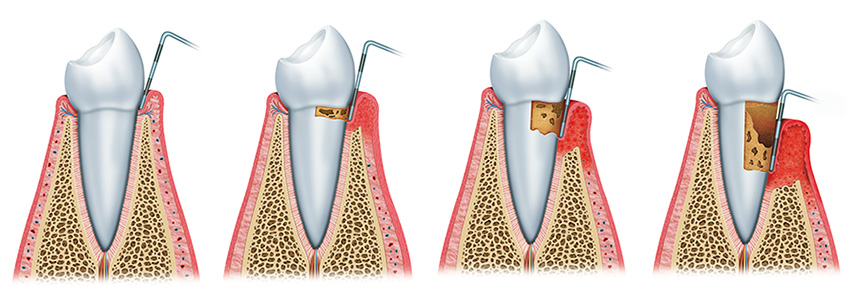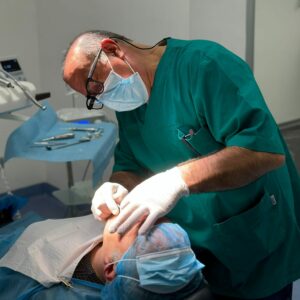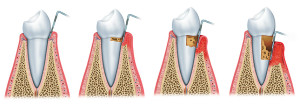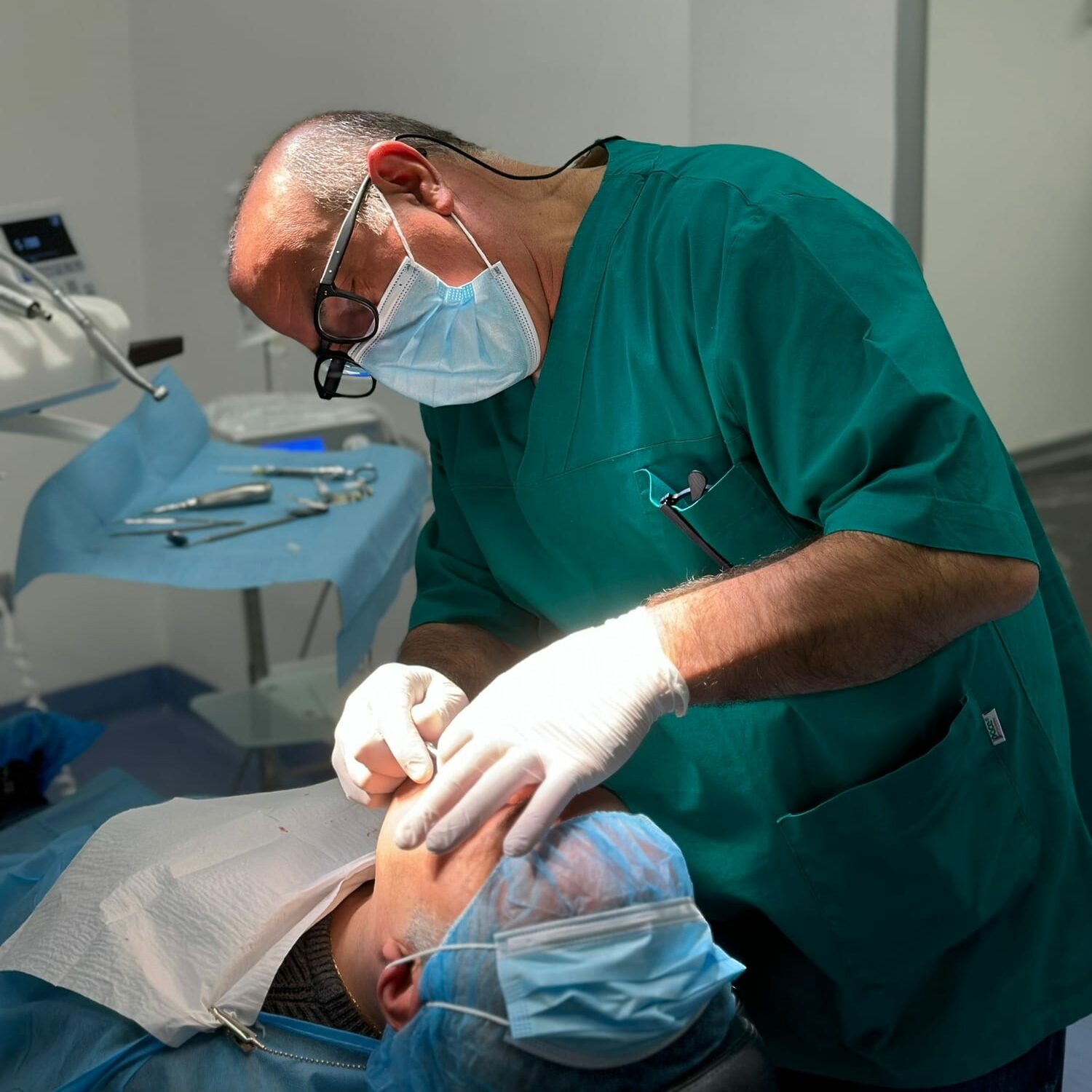What is periodontitis? What symptoms does it manifest itself with? What connections exist between periodontitis and other diseases, such as diabetes and heart problems? How do you intervene on this gingival infection? Is it true that neglecting periodontitis can lead to tooth loss? We will answer these and other questions and curiosities in this article.
From periodontium to periodontitis
At the center of everything is the periodontium and, when it is inflamed, we talk about periodontal diseases or periodontitis. The gum, the root cement (deep tissues), the periodontal ligament and the alveolar bone constitute the periodontium which has the function of keeping the teeth firmly on the bone.
Among gum infections, gingivitis is less severe than periodontitis which, in the worst case, can lead to tooth loss or be a vehicle for serious health problems, such as stroke or heart attack.
This is how it works: the plaque, the major inquisitive in terms of gum inflammation, affects the teeth and, 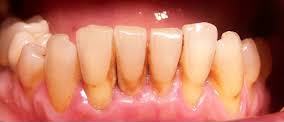 hardening, it causes the formation of tartar. Plaque and tartar together irritate and inflame the gums. And when plaque, tartar and bacteria go deep into the gingival pockets (space between the gums and teeth) they can damage the tissue and bone, causing the gingival demotion, the loss of seal for the teeth, up to the loss of the latter.
hardening, it causes the formation of tartar. Plaque and tartar together irritate and inflame the gums. And when plaque, tartar and bacteria go deep into the gingival pockets (space between the gums and teeth) they can damage the tissue and bone, causing the gingival demotion, the loss of seal for the teeth, up to the loss of the latter.
So what are the symptoms of periodontitis?
Discomfort in the gums is the very first symptom: swollen and red gums. In more advanced stages of gingival inflammation the case of one arises demotion of the gums which takes away the stability of the teeth (movable teeth are one of the most serious symptoms of periodontitis!) and, if surgery is not timely, it can lead to tooth loss. What to do to have a certain diagnosis? Consult the dentist: with an accurate examination of the mouth and an x-ray, the specialist doctor will know how to give a certain diagnosis.
Cases at risk and warnings
At the beginning, we mentioned the connection between periodontitis and diseases, such as diabetes and heart disease. What is the link between these two spheres of health? Periodontal disease is nothing more than a bacterial infection and the circulation of bacteria in the blood can lead to coronary heart disease and infectious endocarditis. In addition, it was verified that diabetic patients have a greater predisposition to periodontal diseases, in parallel it was verified that the same patients, after undergoing targeted curative therapies, had a positive feedback on blood glucose values.
On this point it is good to reflect: by constantly monitoring dental health, other repercussions on the health of the person can be avoided.
Pregnant and menopausal women are more at risk, this depends on the hormonal changes that affect the woman when she is waiting and when she enters a delicate phase such as that of menopause. In particular, periodontal diseases in pregnant women can have repercussions on the pregnancy itself: premature parts and low weight of the baby.
What is the advice for female patients? Repeated oral hygiene checks.
If curious? Here are some of the signs of periodontal disease or inflammation 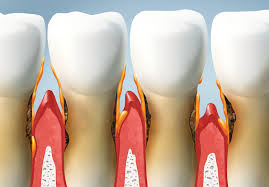 gingival:
gingival:
1. Bleeding gums is a clear sign that gingival health is impaired. The bacterial plaque has affected the gums and inflamed them, and any small mechanical stimulation (such as brushing the teeth) can cause bleeding.
2. When the patient has very sensitive teeth, there could be caries or the onset of periodontal disease.
3. As previously mentioned, moving teeth are a rather alarming symptom of periodontal disease. If so, run to the dentist!
Periodontitis, the cure
We come to the highlight of the article: how is a periodontitis treated? There are two different types of surgery, it all depends on the progress of the gingival infection: non-surgical and surgical treatment. In the first case the gingival inflammation is not too advanced, in the second case, however, the periodontal state is more serious.
What are the non-surgical treatments that the dentist can use?
- Scaling which consists in the removal of tartar and bacteria present on the teeth and under the gums.
- Root sanding to defeat the formation of new tartar.
- Topical antibiotics such as antibiotic mouthwashes or the application of antibiotic gels.
Here are the surgical treatments:
- Surgical reduction of the pocket. Small incisions are applied to the gingiva and work is done to lift a section of gingival tissue and to reconstruct the underlying bone.
- Soft tissue grafts. A small amount of tissue is removed from the palate to graft it where needed.
- Bone graft. New small bone fragments of the patient or synthetic or donated bone fragments are inserted.
- Guided tissue regeneration. It occurs with the insertion of biocompatible tissue between bone and tooth.
- Nail varnish. Aspecial gel is applied to the root of the diseased tooth to stimulate the growth of bones and tissues.




